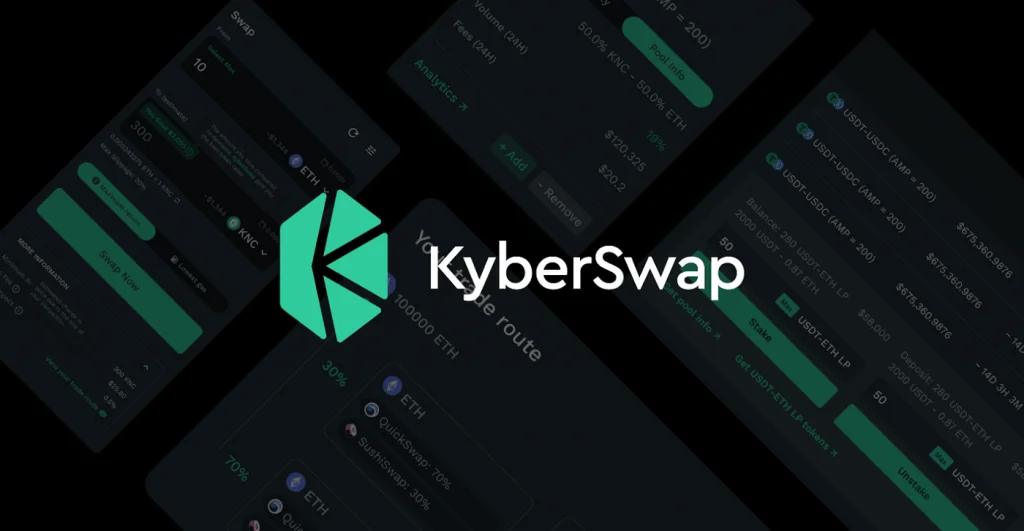KyberSwap decentralized exchange moved to the Arbitrum network in a bid to help users manage the Ethereum network congestion and its expensive gas fees.

KyberSwap, a decentralized exchange (DEX) aggregator, has debuted on Ethereum’s layer-two scaling solution, the Arbitrum network.
With this step, Kyberswap joins Ethereum (ETH), Polygon (MATIC), Fantom (FTM), BSC (BNB), Avalanche (AVAX), and Cronos as the seventh network or scaling option (CRONOS).
As of this writing, KyberSwap joins SwaprEth, Balancer Labs, Curve Finance, and SushiSwap as DEXes available on Arbitrum.
Ethereum network congestion and the cost of on-chain transactions, according to the KyberSwap team, are concerns that can be remedied “via Layer-2 scaling and other measures.”
According to Ethereum network tracker Etherscan, the average cost of a transaction on Ethereum (ETH) is now fairly low at 28 gwei ($1.48), but fees can skyrocket to over $100 during moments of congestion. According to L2 data aggregator L2 Rates, gas fees on Arbitrum range from $0.50 to $0.69.
DappRadar, a data collector for decentralized apps (dApps), ranks KyberSwap #76 among DEXes. Since March 5, total users have climbed 350 percent to 19,870, and daily transaction volume has increased 31 percent to nearly $610,000.
The new integration may have helped Total Value Locked (TVL) on Arbitrum end a five-day decline, in addition to daily users and trading volume. According to layer-2 (L2) ecosystem tracker L2Beat, the current TVL on Arbitrum is $3 billion. Arbitrum is by far the most popular L2 network, with dYdX coming in second with $965 million in TVL.
Last week, Arbitrum was the only L2 to witness net growth in users by new addresses, outpacing BNB, Ronin, and other well-known L2 solutions. In the last week of February, there were 46,200 total unique addresses on Arbitrum, up 12.7 percent from the previous week.
The recent volatility in KyberSwap’s TVL reflects the overall activity in the DeFi space. According to DappRadar, TVL has been on a slow downturn across the whole DeFi ecosystem since its peak of $180.7 billion on Nov. 10 to $105.3 billion at the time of writing.
